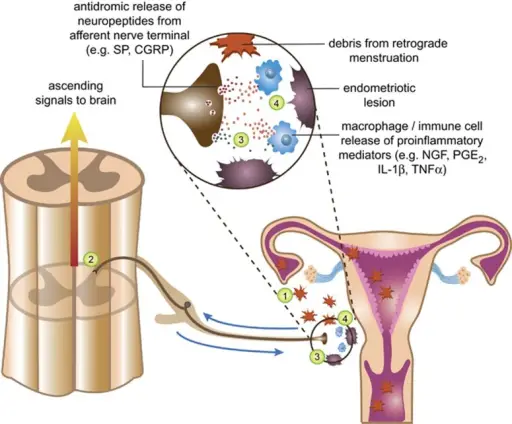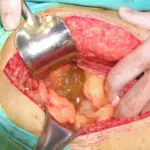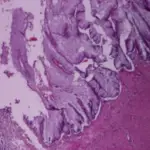Peritoneal cavity inflammatory disease is the tissue disease that lines the inner wall of the abdomen and covers and supports most of your abdominal organs. Peritonitis is usually caused by infection from bacteria or fungi.
What is Peritoneal Cavity Inflammatory Disease?

Possible involvement of centrally mediated neurogenic inflammation in the development of visceral inflammatory disease in the periphery: example for endometriosis. (1) During menstruation, endometrial debris passes both per vaginum and in a retrograde fashion through the fallopian tubes to the peritoneal cavity. (2) In certain women, the inflammatory events initiated by ectopic endometrial tissue activate sensory afferents innervating adjacent visceral structures, which transmit the noxious information to the spinal dorsal horn. In addition to exciting ascending neural signals projecting to the brain, afferent neurotransmitter release could potentially also activate spinal astrocytes and microglia, whose proinflammatory products contribute to the development of central sensitization and exaggerated pain (see Figures 1 and 2 for details). (3) Strong ongoing afferent stimulation associated with regular monthly menstruation and dysmenorrhea, as well as the excitatory environment created by reactive glia, may reciprocally activate the central terminals of sensory nerves. This can then induce the antidromic release of neuropeptides (such as SP and CGRP) at the peripheral site of disease (the ‘dorsal root reflex'). (4) The subsequent induction of neurogenic inflammation, including the release of cytokines (IL-1β and TNFα), PGE2 and nerve growth factor (NGF) from local immune cells, may then contribute to an environment that encourages the implantation of endometrial debris onto the peritoneum, and the development of endometriotic lesions (including the associated neovascularization and sprouted innervation). CGRP, calcitonin gene-related peptide; IL, interleukin; PGE2, prostaglandin E2; TNFα, tumor necrosis factor-α. Glial contributions to visceral pain: implications for disease etiology and the female predominance of persistent pain. Translational Psychiatry. Not Altered. CC.


